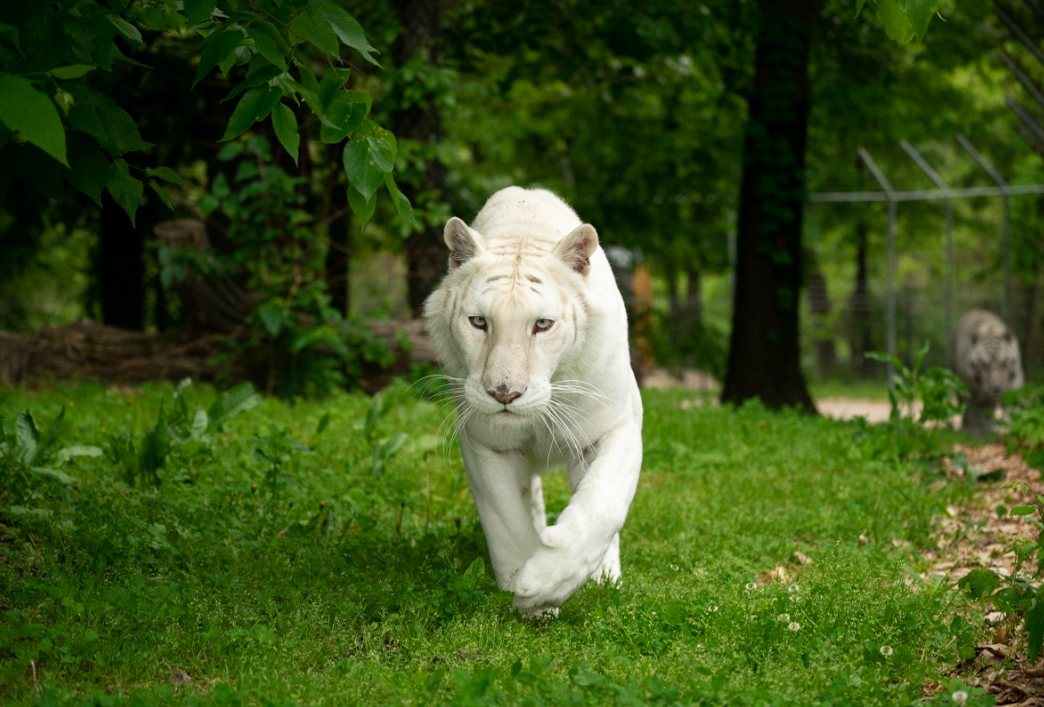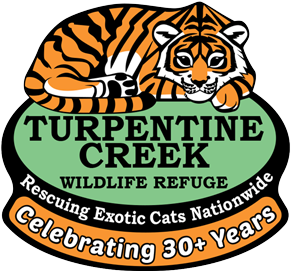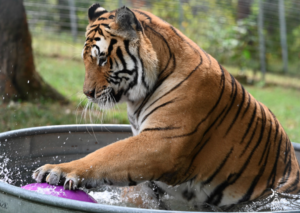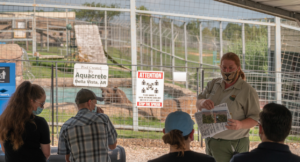The Role of Sanctuaries in Big Cat Welfare
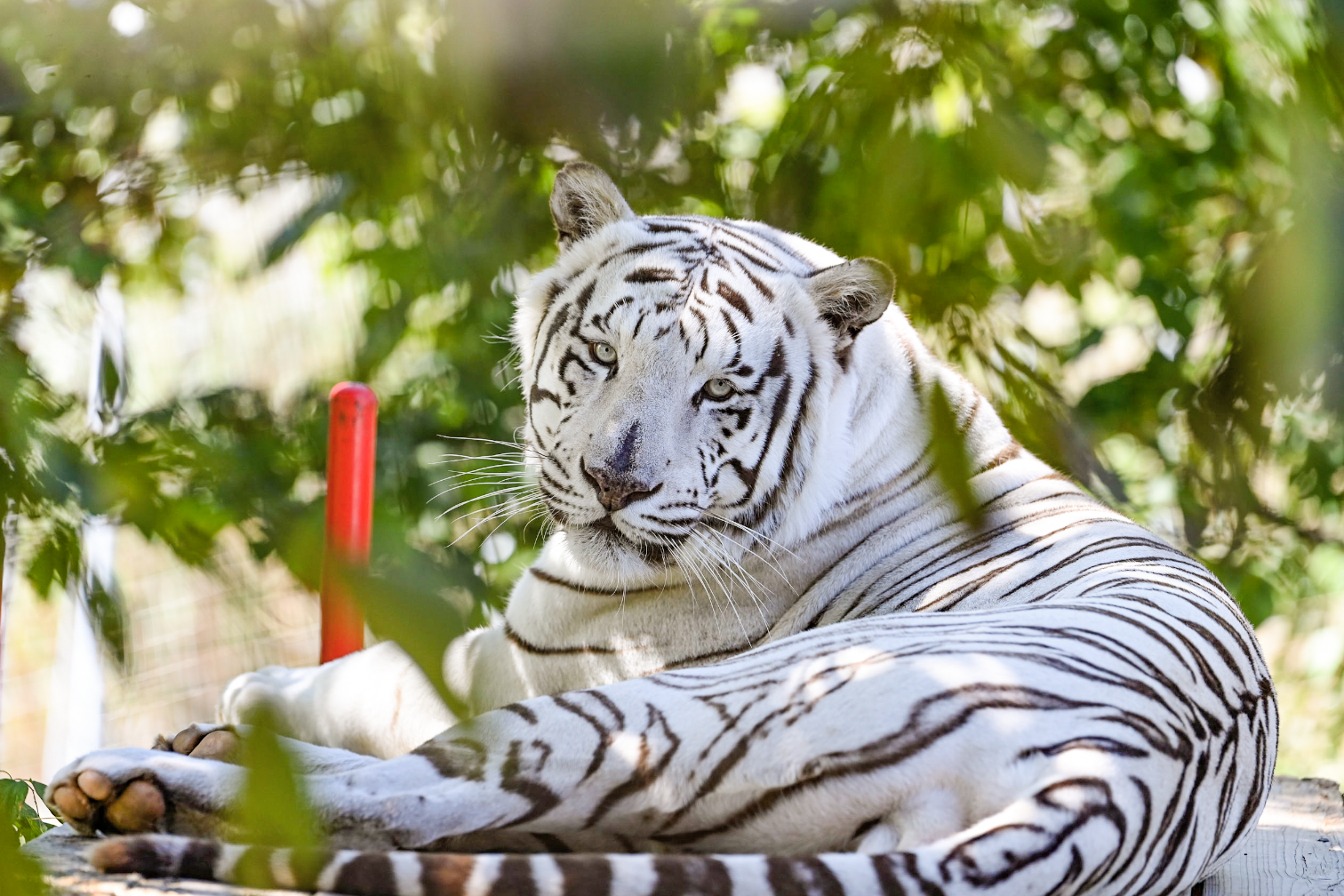
Animal sanctuaries have tragically become a necessary refuge for big cats and other exotic and domestic animals on all continents. The exotic pet trade is worth billions. Despite many advocacy agencies continuing to fight for the plight of these captive big cats and other species, the trade continues to abuse and exploit them.
Several years ago, as usual, I visited a sanctuary well-intentioned by caring people. The sanctuary was home to numerous big cats like cougars, bobcats, lynx, and lions. One lion, the size of a cow, struck a cord. I asked why this formidable male lion didn’t have a mane. The answer: the lion was neutered and had been a pet kept in an apartment. Enough said!
What is a Sanctuary
A sanctuary is a haven for people and animals. From a religious aspect, a sanctuary is deemed a sacred location where a person finds refuge from the world’s stress. Its location is typically in a natural environment. By definition, animal sanctuaries are supposed to secure the same refuge for rescued animals and provide that escape from danger–unscrupulous humans.
By definition, animal sanctuaries are supposed to secure the same refuge for rescued animals and provide that escape from danger–unscrupulous humans.
An animal sanctuary seeks to replicate the natural environment and provide safety, means of food and water, and even companions. Big cats have big needs that can’t be replicated in a traditional home.
Organizations like PETA investigate many so-called big cat sanctuaries that claim to be the salvation of rescued big cats. Any animal or big cat sanctuary that buys, sells, breeds, trades, and uses wild big cats for profit doesn’t have the animal’s needs at heart.
If you’re visiting a sanctuary and they’re hand-feeding and separating cubs from their mothers, think again. They’re not sanctuaries. Human intervention is necessary to protect and save these wild cats.
PETA supports rescue effort sanctuaries like the Global Federation of Animal Sanctuaries (GFAS) accredited Turpentine Creek Wildlife Refuge (TCWR), which authentically cares for rescued cats.
Role of Sanctuaries in Big Cat Welfare
Animal sanctuaries are the lifeboat of many animal species around the world. Thousand of devoted people provide resources, care, and personal involvement to save the lives of exotic and domestic animals that become unwanted pets. These vetted sanctuaries provide more than just essentials.
Natural habitat-like enclosures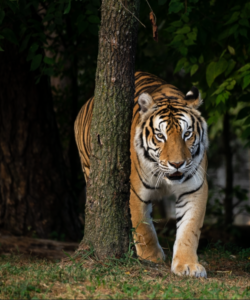
Currently, there are more captive tigers in the USA and other countries than in the wild. Big cats like snow leopards, jaguars, lions, tigers, cheetahs, and leopards, born captive or spent a significant amount of time captive, cannot return to the wild for numerous reasons. Their safety and success at surviving are minimized.
A sanctuary mimics real life as closely as possible to provide an environment where they can roam freely, seek privacy away from visitors, and enjoy natural attributes like climbing elements or bodies of water to bathe in. Yes, big cats like tigers and jaguars enjoy dipping in the water.
Autonomy for big cats
Autonomy means being allowed to govern yourself. As animal lovers, we want that for all species. Autonomy in a sanctuary means these captive big cats are free to move about the enclosure at leisure without a staff ushering them into a viewing area for paying visitors.
Expert animal care
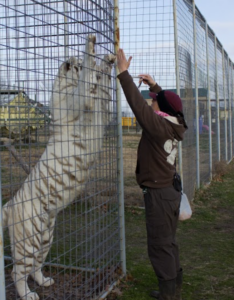
Unlike the woman who kept the male lion in an apartment, animal caretakers at sanctuaries understand a big cat’s natural needs. These teams have a support network of specialized
wildlife veterinarians. Experts in feline care also help injured animals recover their health faster by relying on tested field expertise to evaluate and treat physical and behavioral conditions.
Although these cats can live autonomously, they’re monitored and documented to ensure their well-being.
Ethical approach and advocating for legislation
We should do our part in helping to end animal suffering. We can do that through collaboration, education, and sharing resources on topics like animals that are illegal to own and other equally significant industry stats and resources to discourage illegal wildlife trade. The ethical approach means encouraging and supporting sanctuaries that advocate against breeding and selling any of the big cats. These facilities prevent births through tested contraceptives and spare an animal from spending its life behind bars.
Nourishment from nature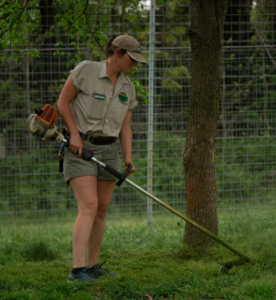
Cats are carnivores. A big cat’s teeth and digestive tract allow them to consume bones, skin, hair and organs, and meat proteins. A balanced diet for big wild cats in sanctuaries is as close to the animal’s natural diet. Sanctuaries rely on meat from traffic accident victims like deer or from horses, cattle, and other animals.
Even the feeding schedule is based on natural cycles, and big cats seldom eat daily. To top off their diet, sanctuaries rely on supplements to balance the diet entirely for the benefit of the animal.
Enrichment activities
All sentient beings have behavioral, environmental, and perhaps even emotional needs like connecting with like species. Sanctuaries manage their big cats by stimulating their intrinsic curiosity and playful characters.
These caretakers assess each animal and provide the tools to enrich their lives through activity. Big cats rely on their habitat to provide aspects like bodies of water, climbing rocks or trees, and even scent trails to encourage wild behavior and prevent boredom.
Social interaction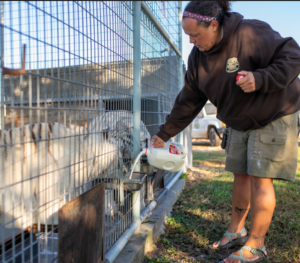
In the wild, most big cats are solitary beings (unless they’re rearing cubs or are part of a lion pride). Some sanctuaries indulge in social interactions among guests by introducing and socializing them with like members.
These efforts are strictly monitored, as not all big felines are ready to share their space. However, successful socializations are rewarding and beneficial for wild animals.
Forever homes
Forever homes aren’t homes at all. Instead, animal rescue missions take it a step further and provide sanctuaries where the animal receives shelter, food, and unequivocally the best care suited to the animal.
What Other Roles Do Sanctuaries Fulfill for Big Cats
Animal lovers and advocates best serve animals from a distance and fight to keep them in their natural environment. Sadly, on many occasions, dedicated individuals must rise to the occasion and go a step beyond to help exotic pets born into the trade.
Providing a safe haven
A haven means no breeding and no parading or photo-ops. It means the animals can behave as closely as they would in the wild. These havens provide adequate shelter, food and water, and veterinary care under the watchful eye of professional caretakers. Many organizations, like TCWR, work toward achieving that for large carnivores.
Ensuring well-being
Depending on the wildlife sanctuary, big cats living out their days in captivity have needs. These cats may not get daily visits from caretakers or veterinarians on natural habitat reserves. They’re often monitored through GPS tracking, but their whereabouts and physical condition are monitored.
Other sanctuaries, like in the USA, have a staff team that strives to ensure these felines’ well-being through proper record keeping and monitoring. It’s a 24/7 task.
Educating people and raising awareness
That’s where animal organizations shine. They are committed to raising awareness by educating people about unscrupulous individuals who may mistakenly believe they’re keeping wild cats for their betterment and selling their offspring for profit.
Encouraging responsible behavior
Sometimes encouraging responsible behavior sounds mean. However, as animal advocates, we have a role in becoming the voice of animals. Some organizations like PETA do it loudly with no holds barred. Other organizations like the Humane Society act for animal welfare by providing resources and encouraging people to respond within the animal’s best interest.
Importance of Big Cat Sanctuaries
Big cat sanctuaries don’t have a sound business plan. Their mission statement is to work themselves out of a job by ending captive-bred big cats and stopping abuse and neglect by several means.
Sanctuaries for big cats promote:
- Non-breeding animals
- No animal selling or trading for profit
- Ending the harvest of animals from the wild
- Education on animals and their right to life autonomously
- Discourage direct interactions
- Ban cub petting
TCWR Sanctuaries promote rescued big cats and ending their struggle in deplorable conditions and other cases of big cat abuse.
Conclusion
Big cat rescue facilities like TCWR are big cat sanctuaries that raise awareness about roadside zoos and big cats exploited in captivity. Often to protect captive big cats, who endure extremely poor conditions in private ownership and develop various behavioral abnormalities, we must risk speaking out.
We’ve worked hard to eliminate circuses. We continue to fight for conservation and promote big cat rescue and wild species to live in natural habitats, which is the only true sanctuary!
